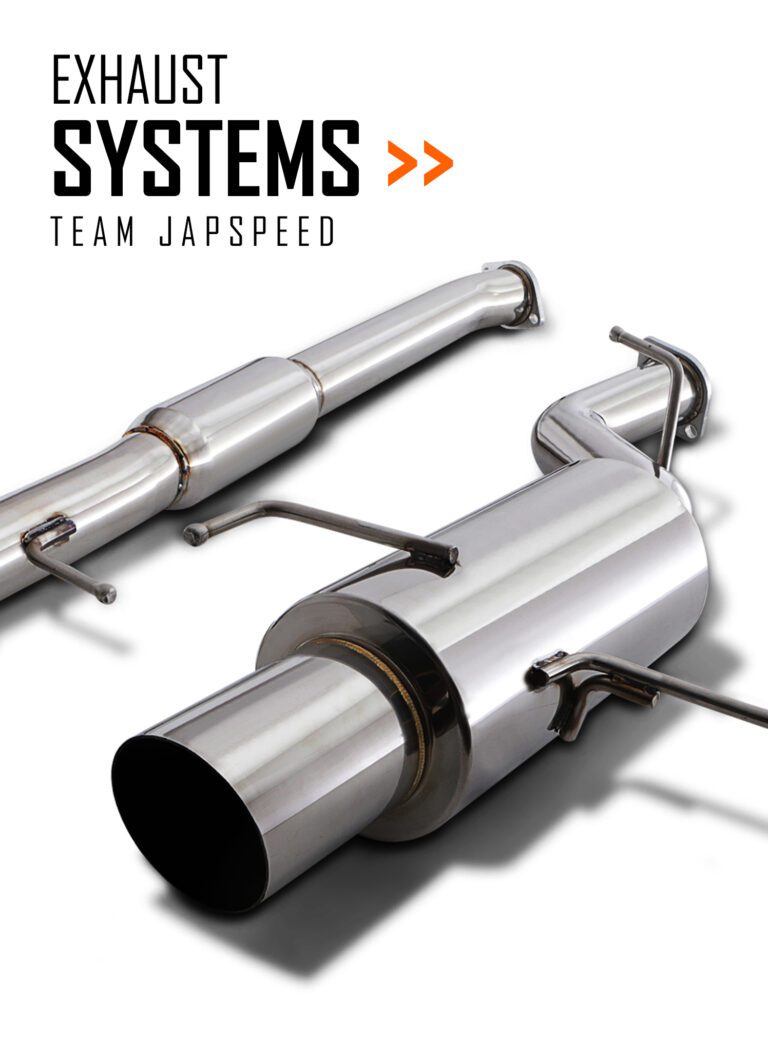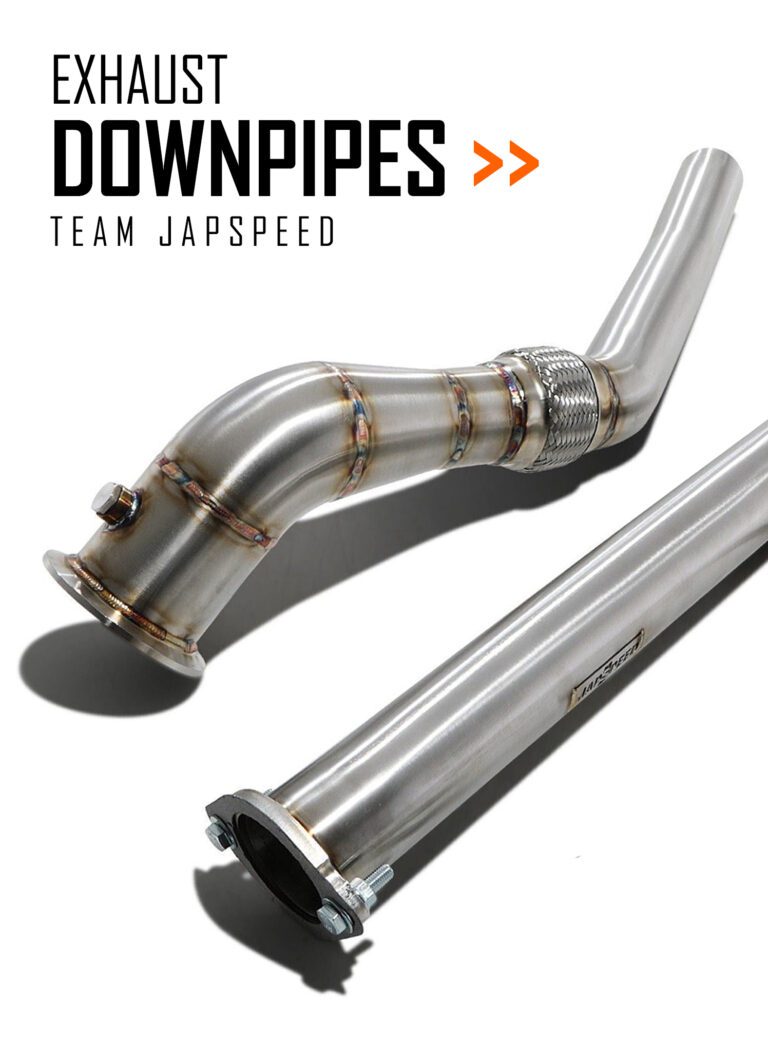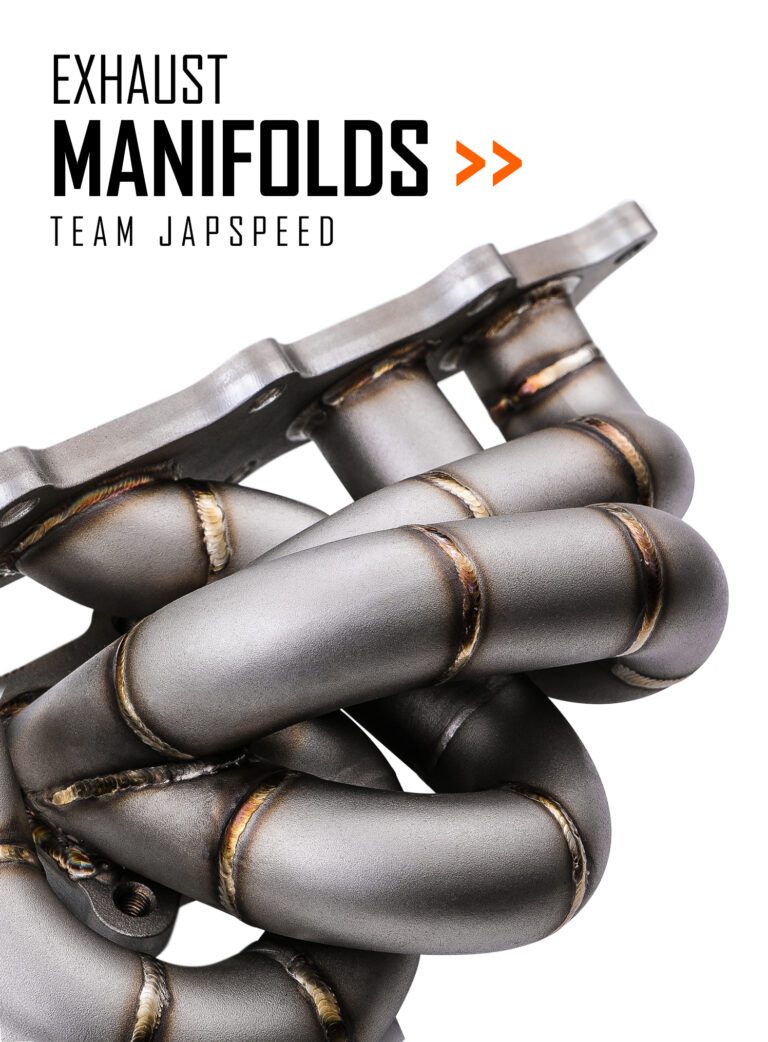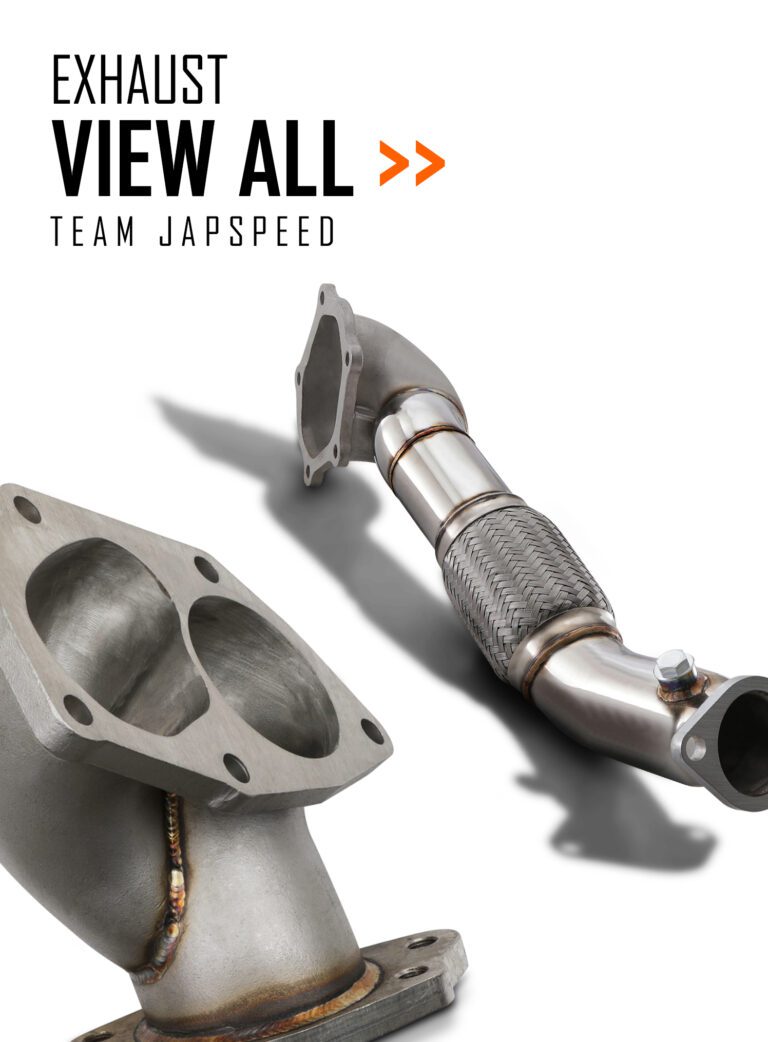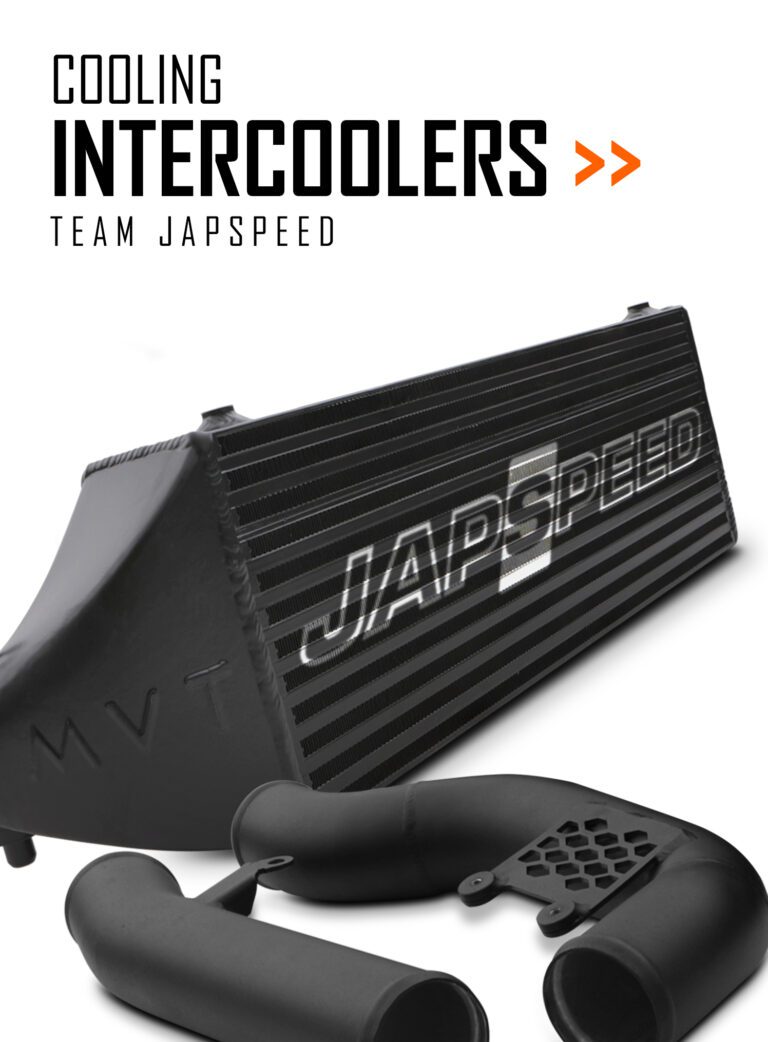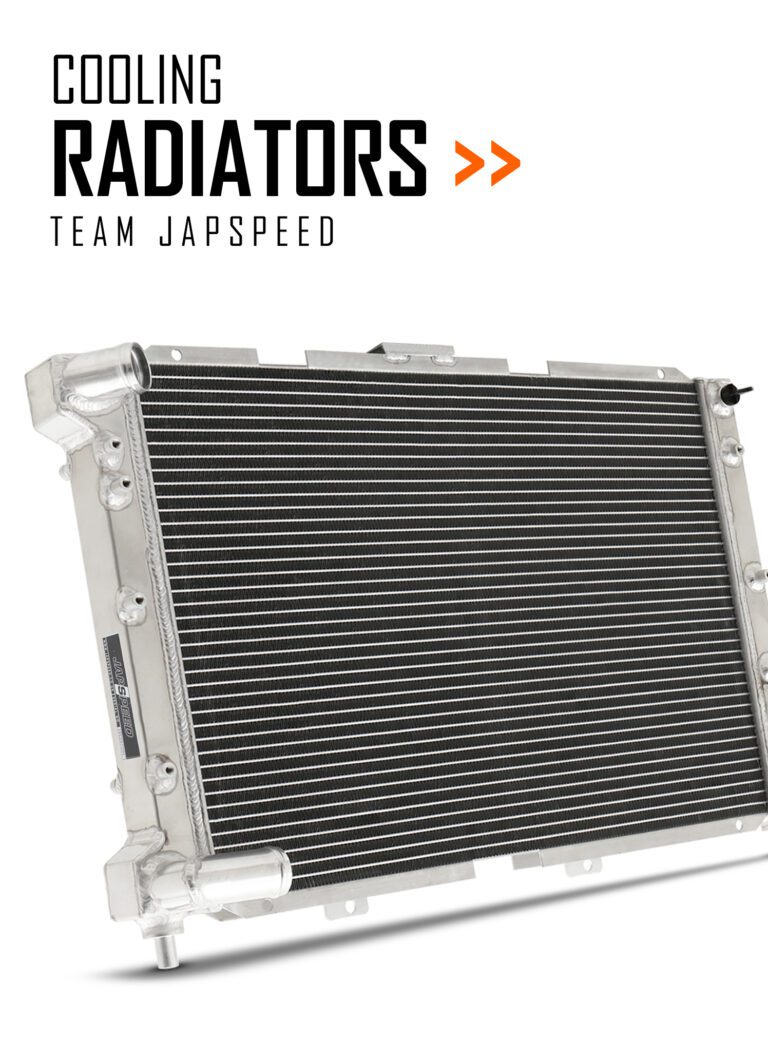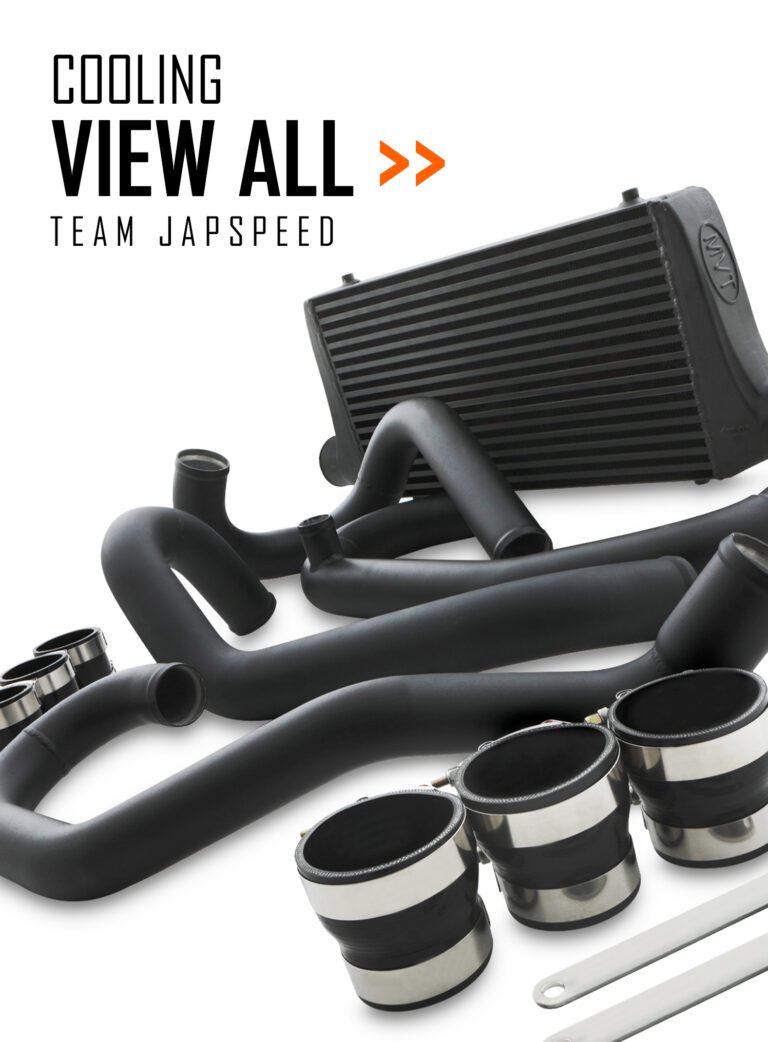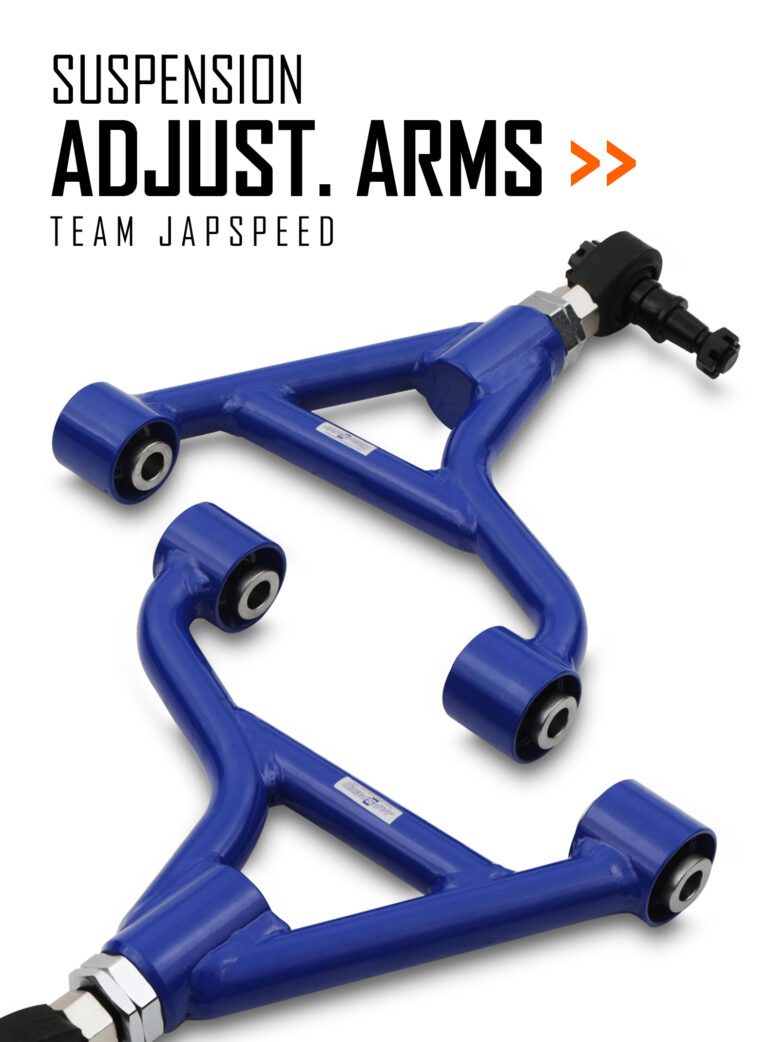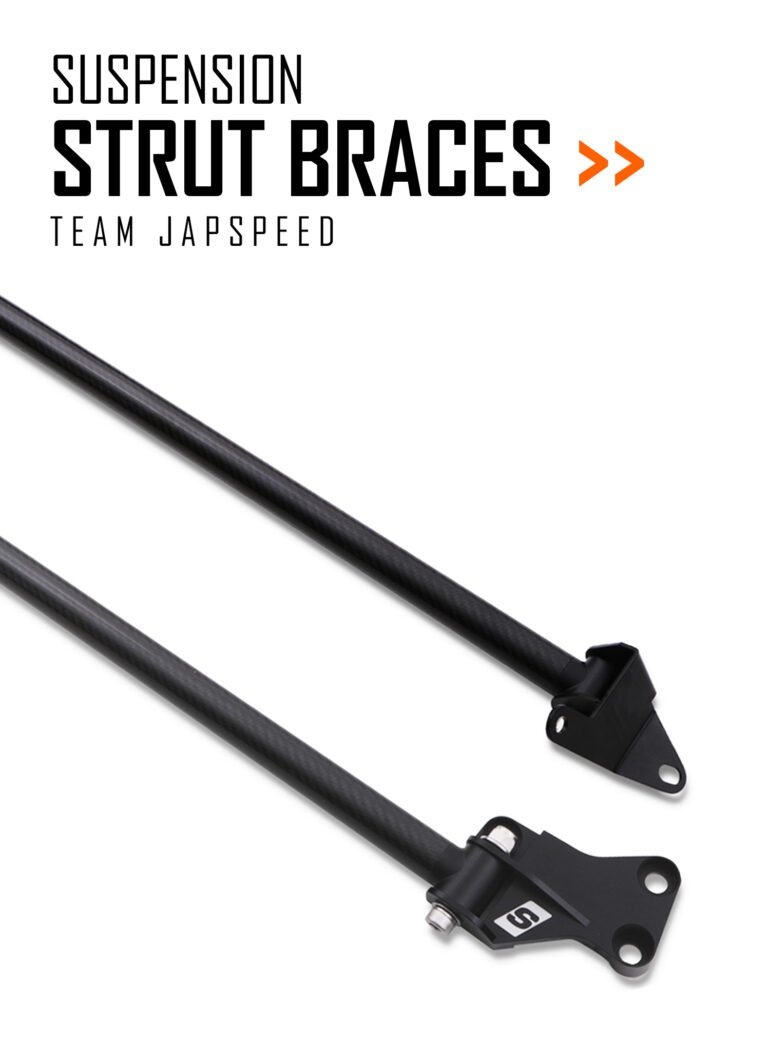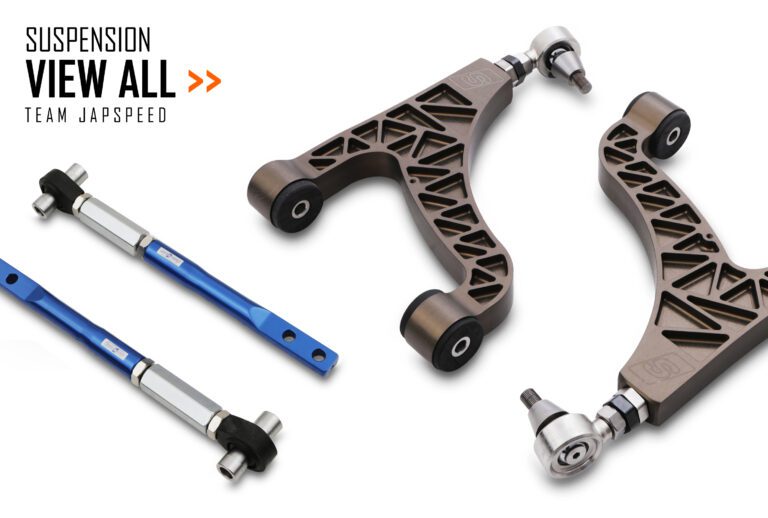How to Install Wheel Spacers
How to choose the right Wheel Spacer and correctly install them on your vehicle.
PCD
PCD stands for Pitch Circle Diameter, this is the bolt pattern specific to your vehicle. This is usually displayed as 5×100, 5×108, 5×120 etc.
Centre Bore
The centre bore is the diameter of the large central hole in the middle of the spacer. This fits tightly over your hub to centre your wheel and prevent vibrations. If your cars hub is 60mm the spacer will have a 60.1 centre bore.
Thread Pitch & Diameter
The final thing to check is size of the supplied bolts. It is crucial these match the thread or studs on your vehicle. Common thread sizes are M12 x 1.25 or 1.5 and M14 x 1.5.
What Size Spacer?
This is often down to personal preference, depending on your end goal you may want an aggressively sized spacer or a more subtle option. Although spacers can be used to fine tune handling for the purpose of this guide we just want our Toyota Yaris GR wheels to fill the arches more for visual appearance.
A great way to measure what size spacer is suitable, is to measure the distance between the outer edge of the tyre and the lowest edge of the wheel arch. You need to make sure the tyre wont come into contact with the arch under suspension compression. We have opted for 20mm spacers all round.
How to install your Wheel Spacers
Installing spacers is a relatively easy job and can be performed with basic tools and a jack. With your car still on the floor slightly lossen your wheel bolts or nuts to prevent the wheel spinning, a breaker bar may be necessary if they are tight. Once loose the car can be jacked up and the nuts can be removed. Take off the wheel and place to one side.
On an older car you may have developed some corrosion on the brake disc surface. This needs to be nice and clean to mount the spacer so use a wire brush to remove any debris prior to fitting the spacer.
With the surface clean, place the spacer into position and use the nuts supplied with the spacers to secure the spacer to the car. Evenly tighten the nuts in a star formation before torqueing to the manufacturers specification. You may need someone to press the brakes for you while you do this.
With the spacer installed you can now re-fit the wheel. Use the same technique to tighten the wheel nuts as you did with the spacer. Finally, torque the wheels nuts to the manufacturers specifications and lower the car to the ground. Repeat this process on the other axle or all corners, depending on whether you have purchased a pair or a set.






